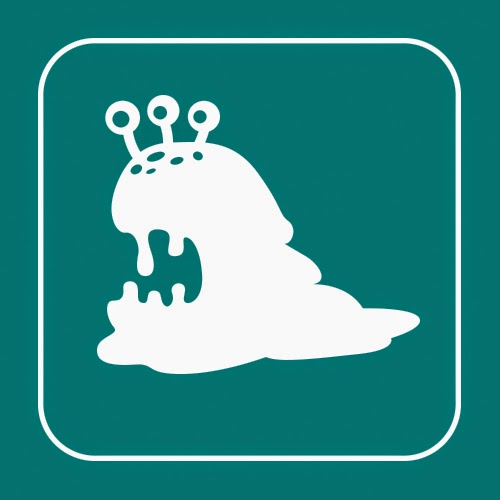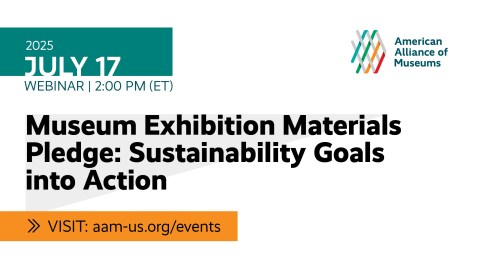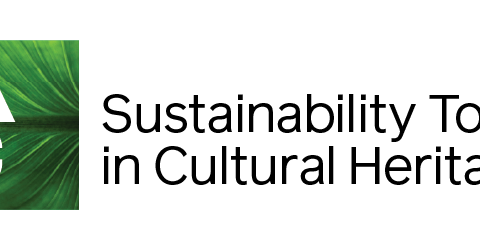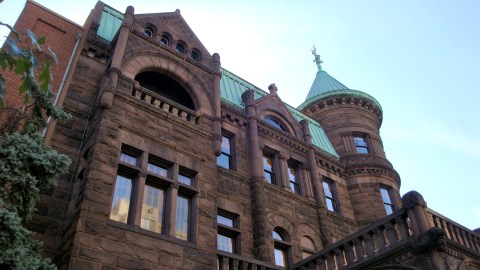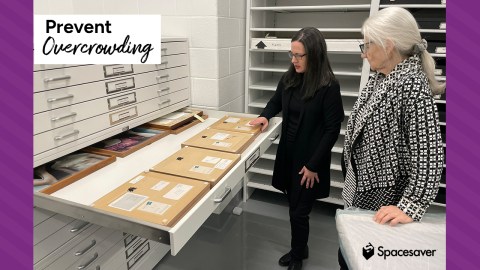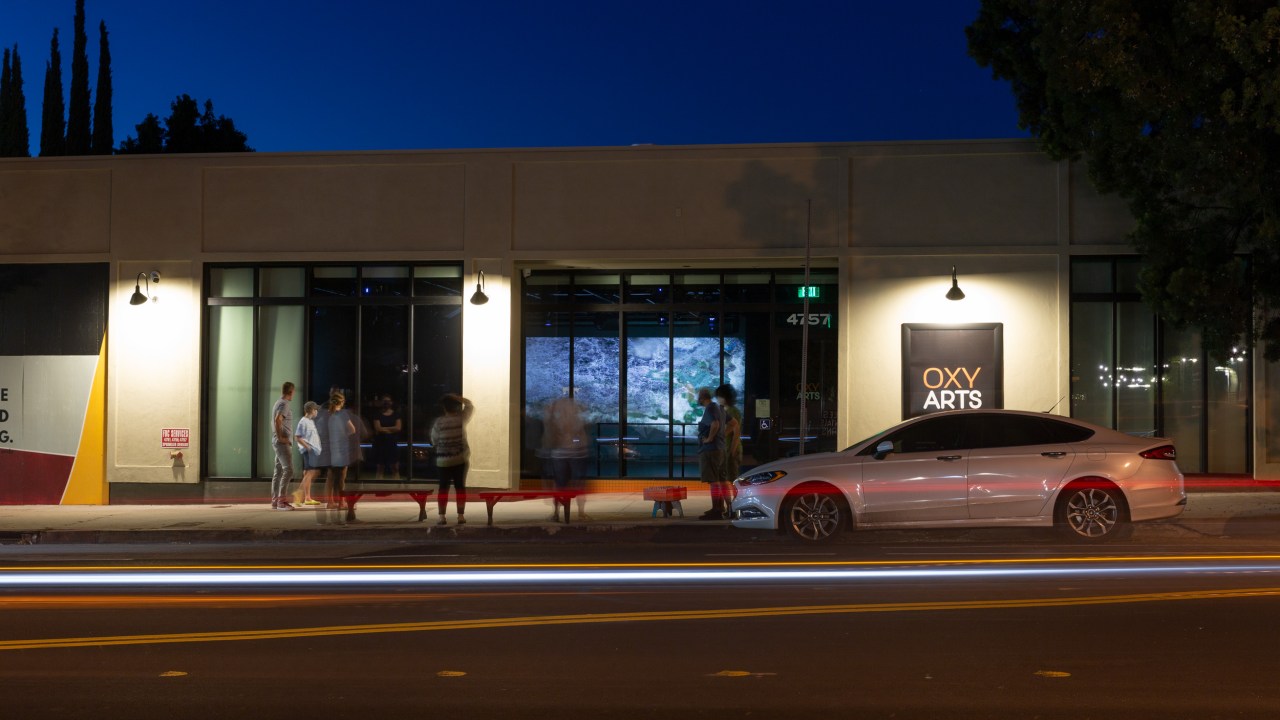
One of the risks posed by the pandemic is that the public health imperative for social distance might discourage activism and engagement just when it is needed most. In this guest post, Frankie Fleming, Manager of Education and Community Engagement tells us how Oxy Arts, the community-based arts hub of Occidental College in Los Angeles, is repurposing its assets to serve artists and organizers speaking and acting for social justice during COVID-19 closures. (This is the third in a series of posts documenting how academic museums and galleries are helping their communities during the pandemic. Catch up with earlier installments of Tales from Campus here and here.)
–Elizabeth Merritt, VP Strategic Foresight and Founding Director, Center for the Future of Museums, American Alliance of Museums
Since opening in the Summer of 2019, Oxy Arts has been a community arts hub. Our space offers a connection between the Occidental College campus and the Highland Park neighborhood. This is reflected physically—our gallery and exhibition space are on York Boulevard, a busy neighborhood street a block off campus—and in our programming. Although we are primarily an exhibition and performance space, we also host academic classes for Occidental students, offer workshops that are open to the public, and invite the community to utilize our space for events, meetings, rehearsals, and programs. This spring, when the pandemic hit and the social uprisings gained momentum, this duality became more important than ever. Before we went remote, we had launched a project called “Community Hall”, a call for proposals from community groups with an arts focus to use our space. We hosted art shows with local public schools, meetings for local non-profit groups, and rehearsals for performances. Upon closing in the spring for COVID-19, our space remained empty for some time as we adjusted to the reality of remote learning and exhibitions. In that period, we worked with community groups to use our space as a distribution hub for food and school supplies for local families experiencing houselessness, setting up tables outside and using our platform to help gather donations.
We re-launched our programming with Streetview Video Series, projecting video work every evening, visible through our front windows on York Boulevard. Since so many MFA thesis shows were cancelled, we felt this platform could provide a public venue for MFA grads across LA to share their work. We considered this a form of expansive resource sharing within our arts ecosystem during an unprecedented crisis. The project expanded to include work by other local video artists and collectives.
The public closure of our space catalyzed us to really examine how and why we serve our public. Community Hall and the Streetview series went beyond adapting our traditional programming to a remote or online setting to re-considering the ways our platform and space can be part of a larger movement towards addressing inequity, centering art as an integral part of that process, AND also holding space for projects that are not art-specific.
As we considered our fall programming, it was important to us to bring all of these pieces together. We partnered with In Plain Sight, a national coalition of 80 artists, activists, and organizers, who over the July 4th weekend chartered a fleet of planes to “sky type” poetic and impactful messages in the sky over ICE detention centers, former government-run incarceration camps, border patrol stations, and immigration courts across the United States. Our support of the project provided the necessary funds for the summer activation and documentation. The documentation was projected as part of our Streetview series, and in the fall we opened WE LIVE! Memories of Resistance, a group exhibition that brought together several of the In Plain Sight artists to show work that engaged the contemporary political stakes of historical remembrance and collective memory.
The show, installed in our physical space, was visible from our street facing windows, accessible online via a 3D walkthrough of the space, and included a wide range of online programming. These programs included artist talks, film screenings, performances and a series of visiting lectures for Occidental college students. We also incorporated a series of community organizing workshops—bringing in facilitators engaged on the ground with organizing work around the themes of the show. This exhibition has been an opportunity to reconnect with the core principles of our space even more explicitly—to bring together the campus community, the Northeast Los Angeles community, and local and regional artists in socially conscious dialogue and engagement.
It has also been an opportunity to expand our understanding of what artists and art spaces can offer and how socially conscious dialogue, or art making, can lead to action. The circumstances of this year challenged us to reconsider how we make our space accessible online and in person, how we break down false boundaries between art and activism, and what kinds of programming we prioritize. We plan to continue following these threads both virtually and in person this spring, regardless of whether we are open to the public.
You can follow the work of Frankie and her colleagues at Oxy Arts via Instagram, Facebook, Twitter, and their Newsletter.
